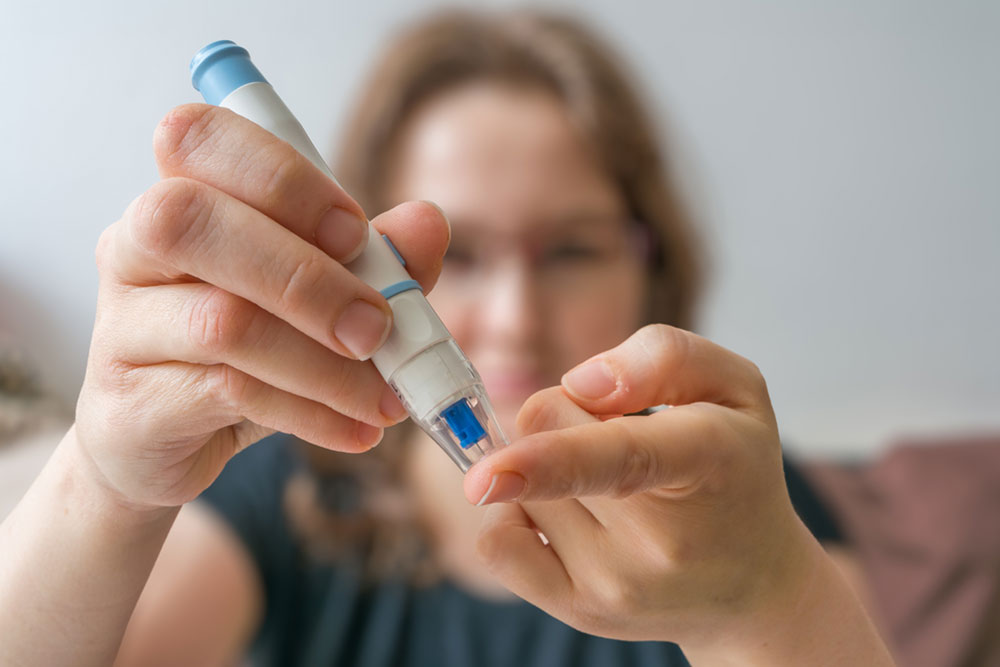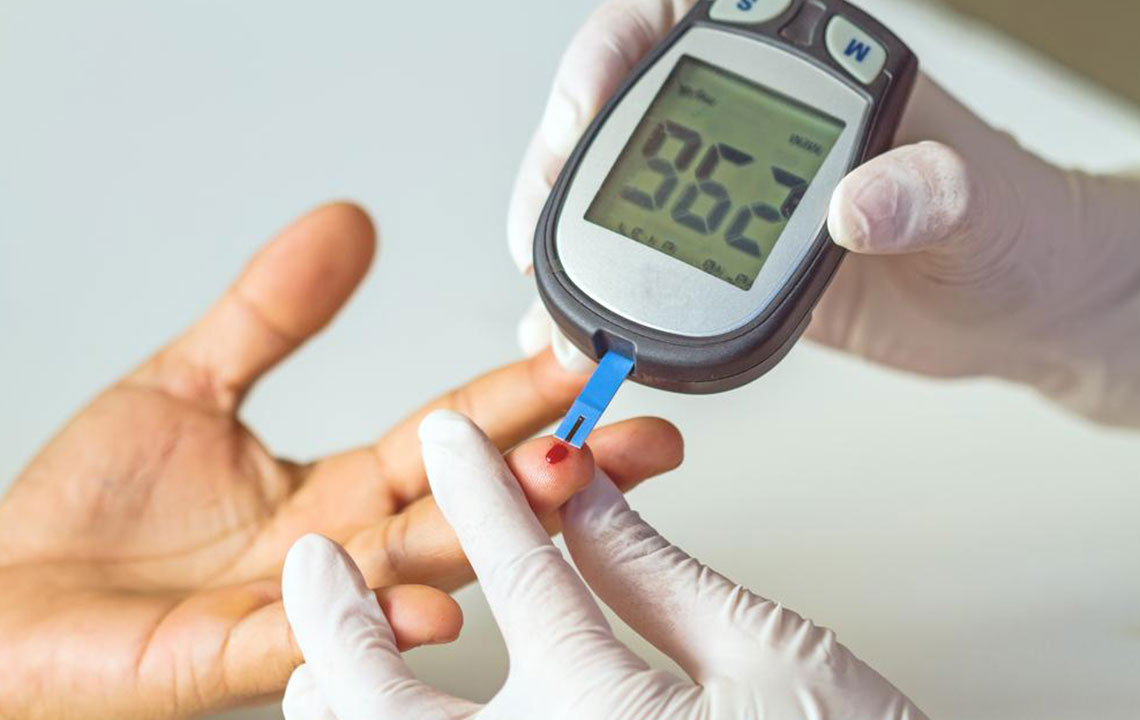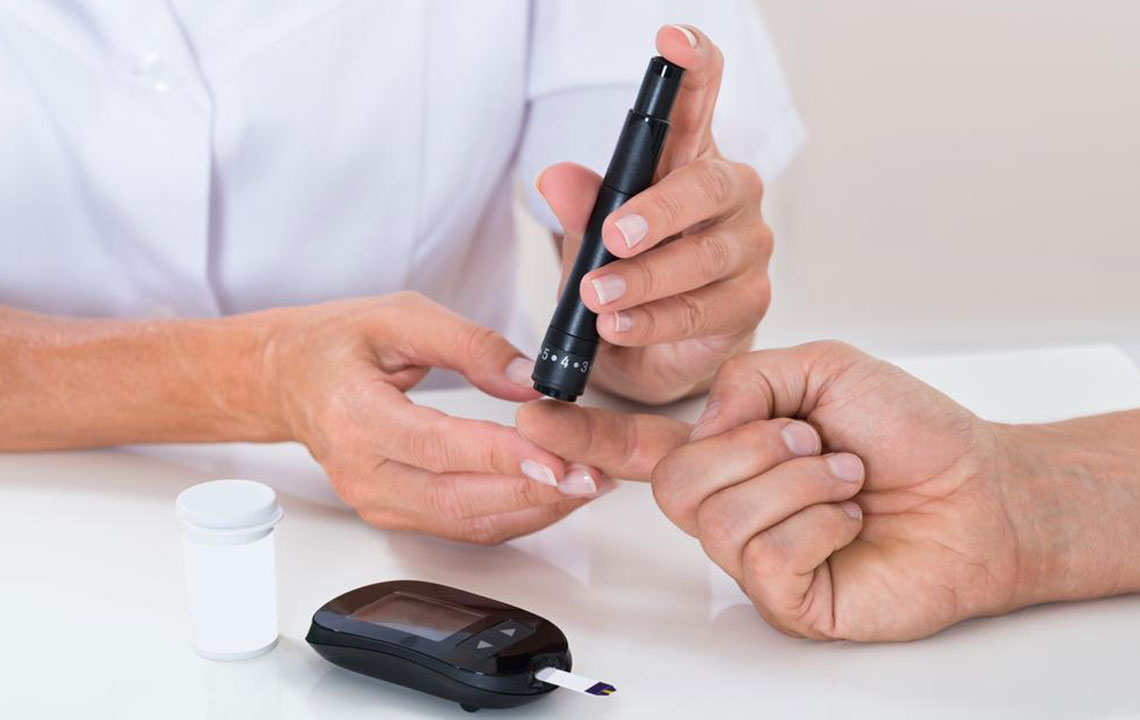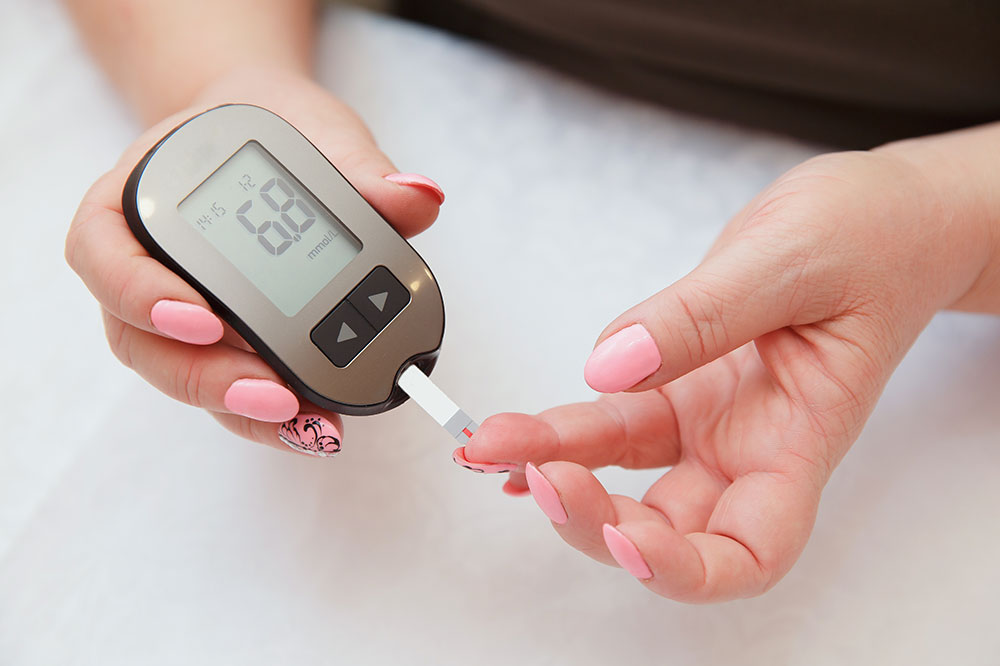Comprehensive Guide to Effectively Managing Blood Glucose Levels in Diabetes
This comprehensive guide explores strategies for effectively monitoring and managing blood glucose levels in people with diabetes. It details the importance of using blood glucose charts, understanding target ranges, and leveraging modern monitoring tools. By following these insights, individuals can improve long-term health outcomes, prevent complications, and maintain optimal blood sugar control through consistent tracking and collaboration with healthcare providers.
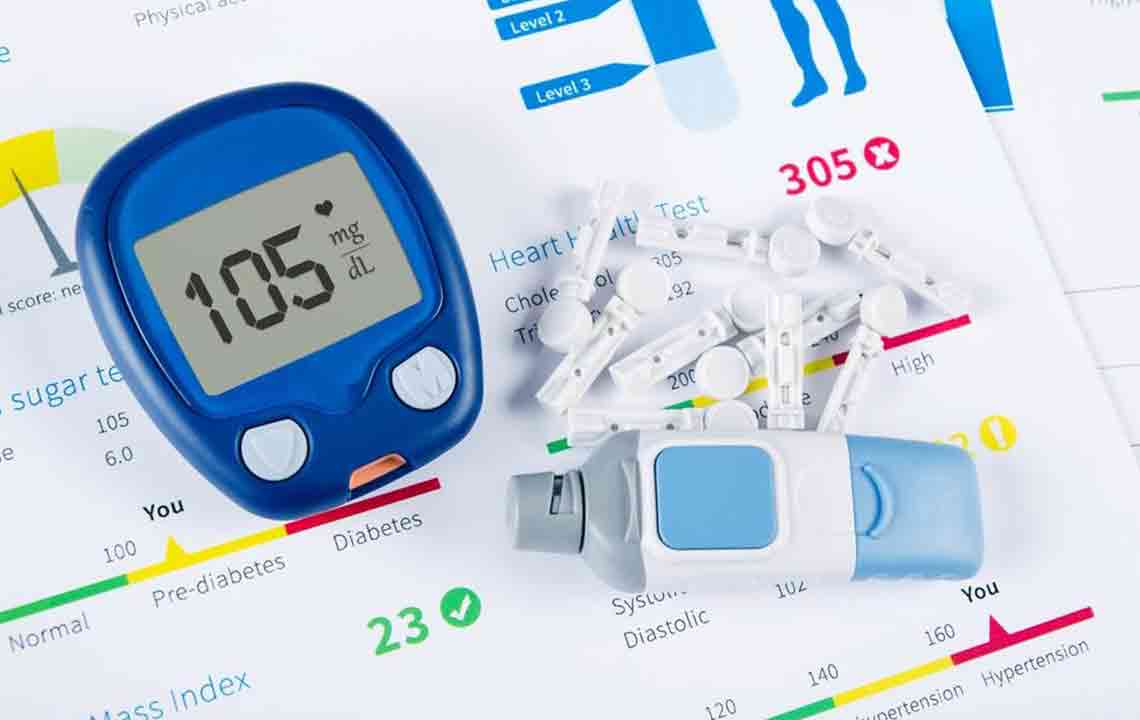
In-Depth Strategies for Monitoring and Controlling Blood Sugar in Diabetes Patients
Managing diabetes effectively requires consistent blood glucose monitoring, both at home and through periodic clinical assessments. A vital tool in this process is the blood glucose chart, which provides a clear visual reference to help individuals track their blood sugar levels over time.
What is a blood glucose chart?
It is a detailed reference guide that allows individuals and healthcare providers to compare current blood sugar readings against established normal and abnormal ranges. This comparison aids in evaluating how well the diabetes management plan is working and whether adjustments are necessary.
Effective diabetes management hinges on maintaining blood glucose within specific target ranges. Regular data recording not only helps you understand your body's responses to food, activity, and medication but also facilitates informed discussions with your healthcare team. In addition to home testing, doctors often recommend periodic testing at clinics or laboratories to obtain a comprehensive picture of blood sugar control.
The blood glucose chart delineates normal and abnormal blood sugar ranges for both non-diabetics and diabetics. Blood glucose measurement reflects the amount of glucose present in your bloodstream at any given moment, providing critical data for managing your condition.
By routinely comparing your readings with the chart, you can get real-time insights into the effectiveness of your diabetes management plan. It also acts as an early warning system, alerting you to potential issues that may require dietary adjustments, medication changes, or medical consultations. Proper monitoring is essential for preventing severe complications such as diabetic retinopathy, neuropathy, cardiovascular diseases, and kidney problems.
Understanding the Blood Glucose Chart
Blood sugar levels fluctuate naturally throughout the day, influenced by meals, physical activity, stress, and medications. Typically, levels are lowest before breakfast and increase after eating. Recognizing these patterns helps in setting realistic target ranges tailored to individual needs.
For people living with diabetes, acceptable blood sugar ranges are generally higher than those for non-diabetics due to different physiological needs. In many countries, blood sugar levels are measured in mg/dL, with guidelines often referencing the A1C test, which provides an average blood glucose level over the past two to three months. The A1C value is an essential indicator of long-term glycemic control.
Various health organizations such as the American Diabetes Association (ADA), the Japan Diabetes Center (JDC), and the American Association of Clinical Endocrinologists (AACE) have slight variations in their recommended target ranges. For children aged 6 to 12, the guidelines specify specific target levels according to different testing times:
Fasting (before breakfast): 70–99 mg/dL for non-diabetics, with diabetics aiming for levels between 70–130 mg/dL or less than 110 mg/dL
Before meals: less than 110 mg/dL in non-diabetics; 70–130 mg/dL in diabetics
Two hours after meals: less than 140 mg/dL for non-diabetics; less than 180 mg/dL as per ADA & JDC; less than 140 mg/dL per AACE
Bedtime: less than 120 mg/dL in non-diabetics; 90–150 mg/dL in diabetics
A1C: under 5.7% in non-diabetics; below 7% in diabetics
For teenagers and older children, these target levels tend to align closely with adult standards, though individual targets may vary based on age, overall health, duration of diabetes, and comorbid conditions.
Specific forms of temporary diabetes, such as gestational diabetes during pregnancy, demand tailored blood sugar level targets to ensure both maternal and fetal health. Modern blood glucose monitoring devices—such as plasma glucose meters—offer more accurate readings compared to traditional methods. With multiple tests spaced over time, individuals can observe trends and catch irregularities early.
Maintaining a detailed blood sugar log and regularly reviewing readings against recommended levels empower individuals to refine their management strategies, reduce complications, and improve quality of life. For non-diabetic individuals, the ideal fasting blood sugar levels are generally between 60–90 mg/dL, with bedtime levels ranging from 110–200 mg/dL depending on individual health profiles and guidelines.

